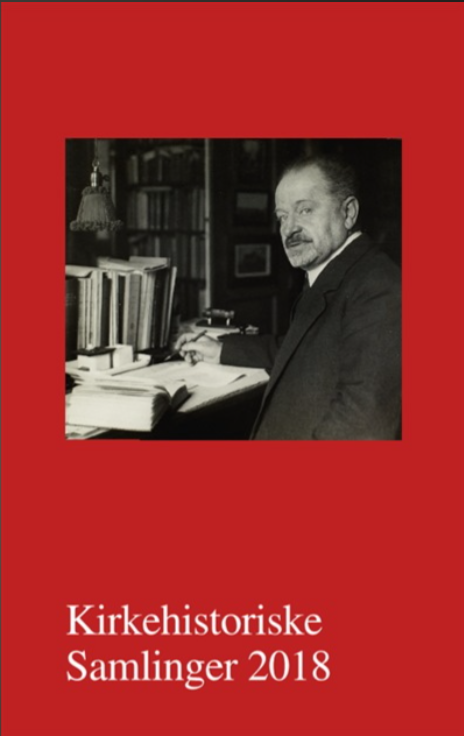Publiceret 25.02.2025
Citation/Eksport
Copyright (c) 2018 Tidsskriftet Kirkehistoriske Samlinger

Dette værk er under følgende licens Creative Commons Navngivelse – Ingen bearbejdelser (by-nd).
Resumé
Let’s talk of graves, of worms, and epitaphs, King Richard II, Act III, Scene II
Under en arkæologisk undersøgelse af franciskanerkirken i Lund fandt man i 1972 en grav med skeletrester af en mand, der var blevet dræbt af en armbrøstbolt. Arkæologerne identificerede den døde som værende ærkebiskop Jacob Erlandsen, der var død i 1274. At han var blevet myrdet, fremgår ikke af samtidens kilder, så det var lidt af en sensation. I det følgende undersøges holdbarheden af denne identifikation.
Summary
In 1972 the heating company of Lund made plan for laying a pipe in Klostergatan. As the workers hereby could come into contact with the possible remains of the medieval Franciscan church, demolished after the Reformation, the archaeologists decided to make a digging. During this they discovered a grave in the former church’s axis, not far from the high altar. The grave was in two levels and consisted of a tumba with a small and independent chamber underneath. While there was no corpse in the upper grave, a wooden box with bones was found in lower one. Studying the skull the archaeologists discovered two holes, one in each temple, caused by an arrow of a crossbow. Thus, the bones belong to a person who had been killed. Who was this person? Nobody knows, but a guess was that it could be Archbishop Jacob Erlandsen, who after having been in conflict with the Danish kings for more than twenty years died on his way back to Lund on the island of Rügen in 1274. No contemporary source tells us, however, that he was murdered. In the present paper I question this theory. First I look at the excavation and the graves, then I analyse the information about the archbishop’s death and grave, given by the Franciscan friar Petrus Olai in the 16th century. The conclusion is that the bones in the lower grave do not belong to Archbishop Jacob Erlandsen. Thus, there was no murdercase as postulated by the Swedish archaeologists in the 1970s.

